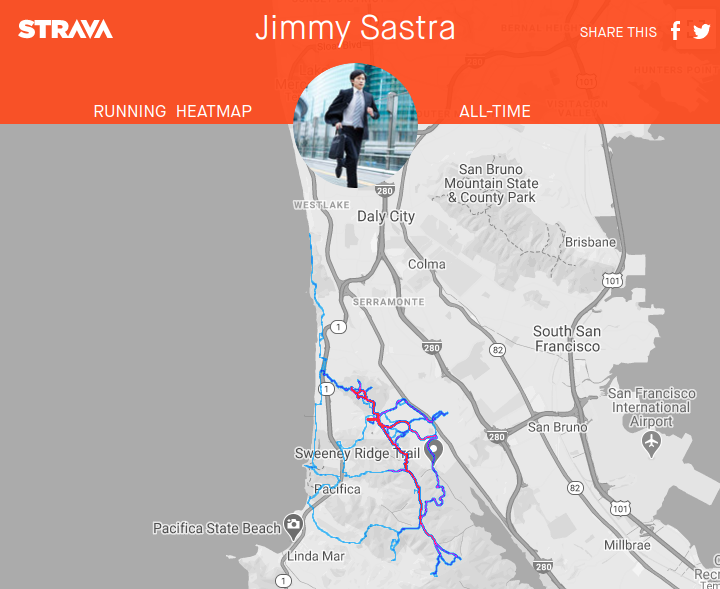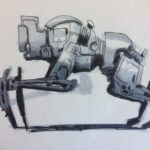Office layouts
June 12th, 2020The first office I got to lay out was a robotics lab in grad school. We had a sandbox, a climbing wall, and a tree for robots to climb. One wall was entirely for tiny drawers with electrical and mechanical components. It was also right next to the machine shop. Oh yeah, there were some desks for humans to sit at. The sketch above took maybe 30 minutes of work and helped very quickly get everyone on the same page. I’ve found it’s worth drawing something out very detailed. Just “talking about it†gives room for miscommunication and will end up taking a lot more of your precious time and energy.
Office layouts are always in flux as the company grows or shrinks in size, moves buildings, or re-orgs. It affects everyone. I’ve been involved in more than a handful now. Some folk don’t care much where they sit, some folk get very anxious and want to chime in on everything. Add to those requirements driven by a machine shop, biology lab, kitchen, etc, it ends up causing a lot of hubbub. There’s a little bit of science behind office layout but mostly there are a lot of opinions. Given that there are a lot of subjective opinions and variables, here are some of the main design principles I’ve found and my subjective opinions sprinkled in :). Mostly for future me, but maybe you have some use for them.
Open office This is the most economical and least amount of effort design that we’re all familiar with. Unfortunately too often the executive team chooses this at the expense of productivity.
Caves and commons Private spaces (caves) where one can focus and work without being interrupted. This probably means you have your own room or cubicle. And close-by probably in a central location, a common area with shared desks and tables where team members can pull together for critical face-to-face time. This has been my favorite so far. It takes more space but I believe the increase in productivity is worth the extra cost.
Eudaimonia machine A set of rooms that by design you have to enter successively. They are arranged to optimize for maximum facetime and chatter in the first room to group work to increasingly quieter and private space for individual deep work in the last room. I’ve always wanted to try this out. It sounds like the most ideal workplace to me! Maybe one day.











